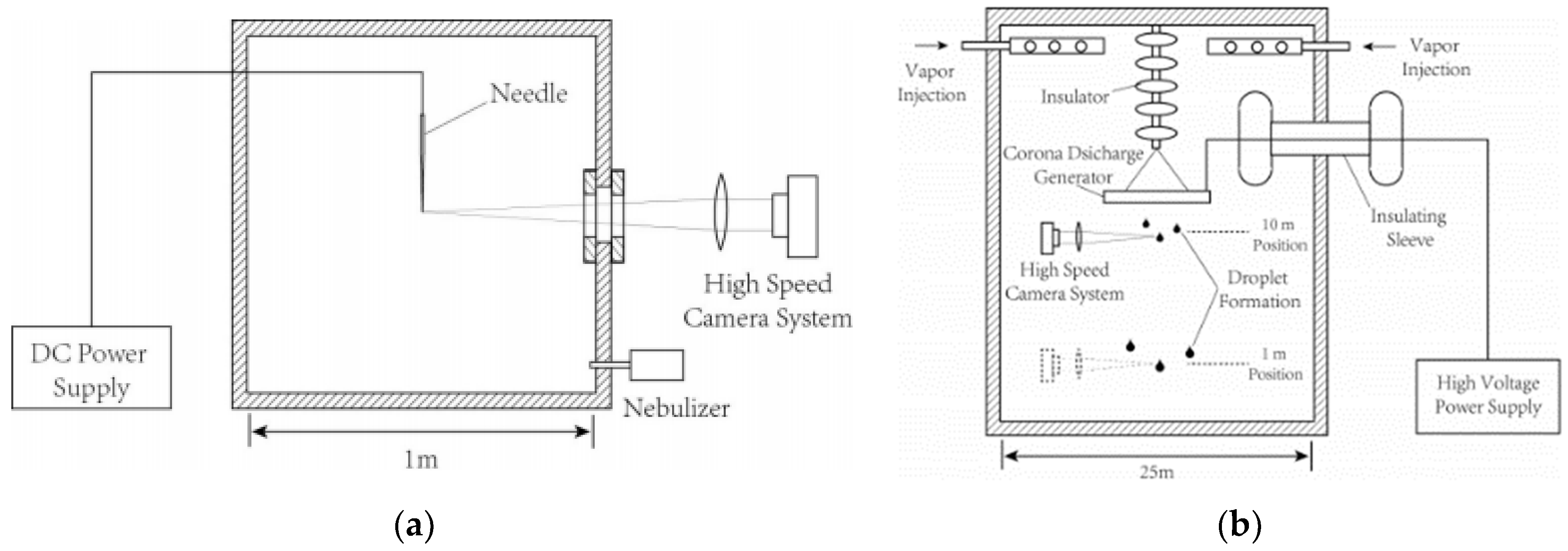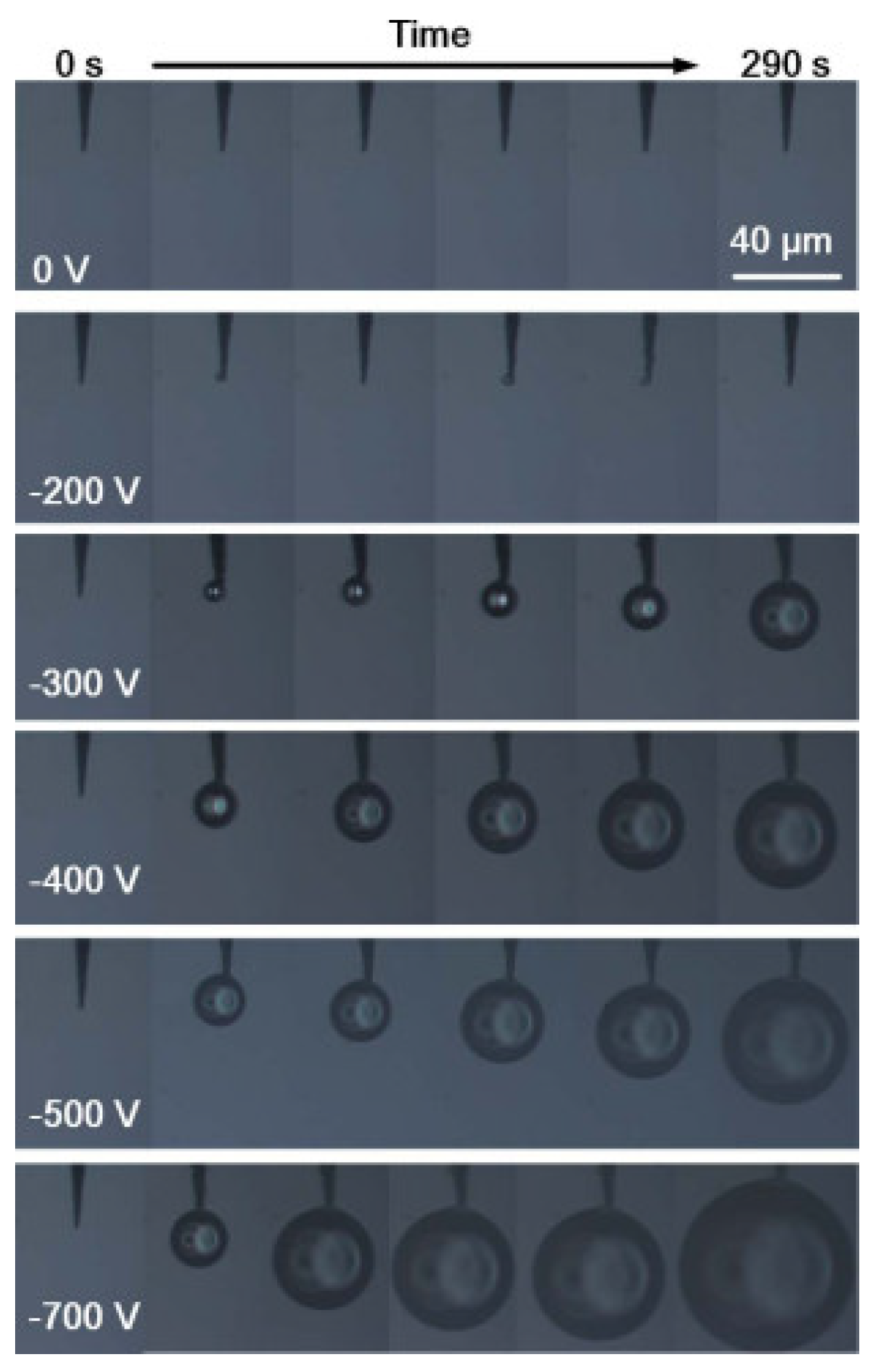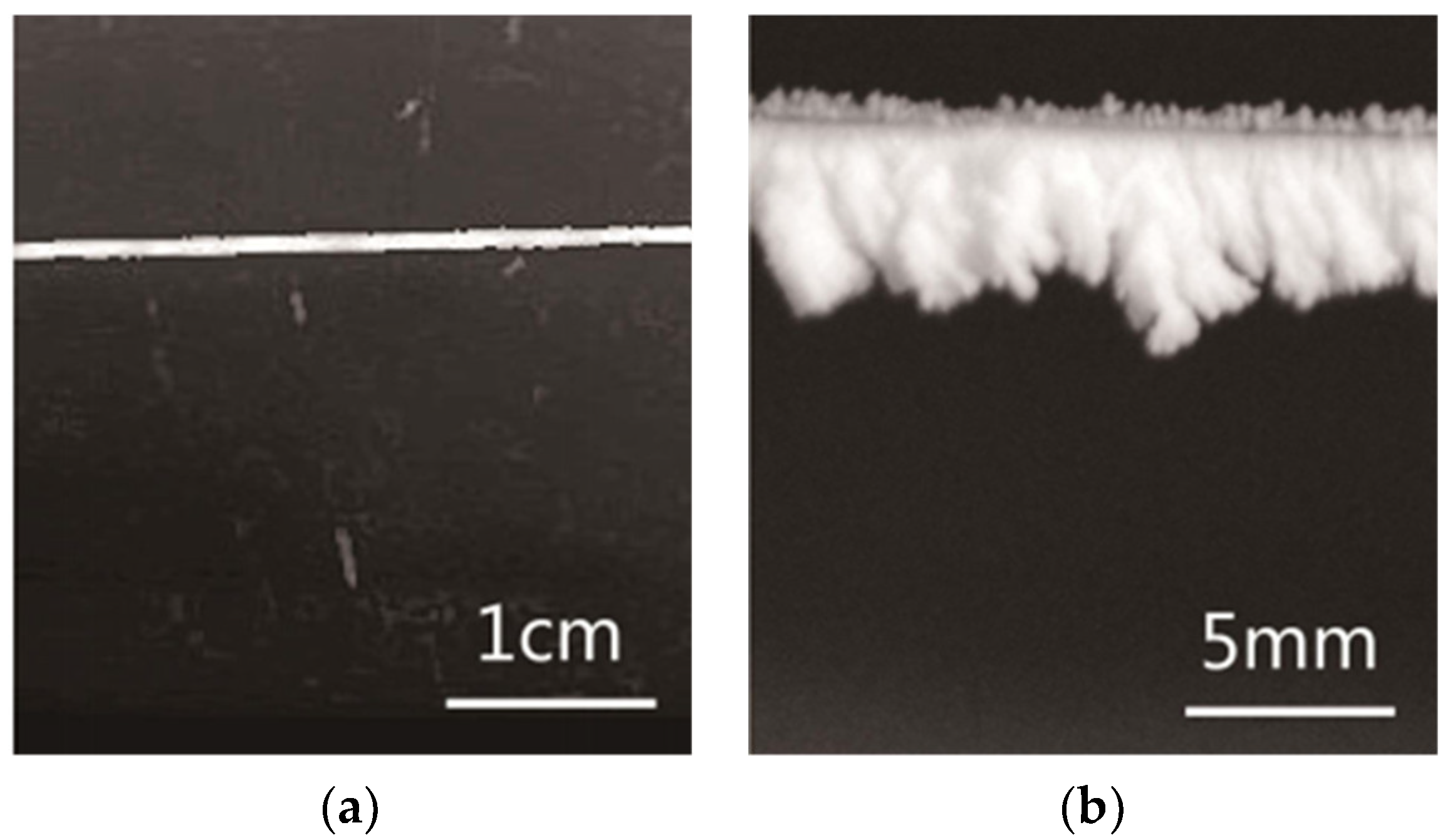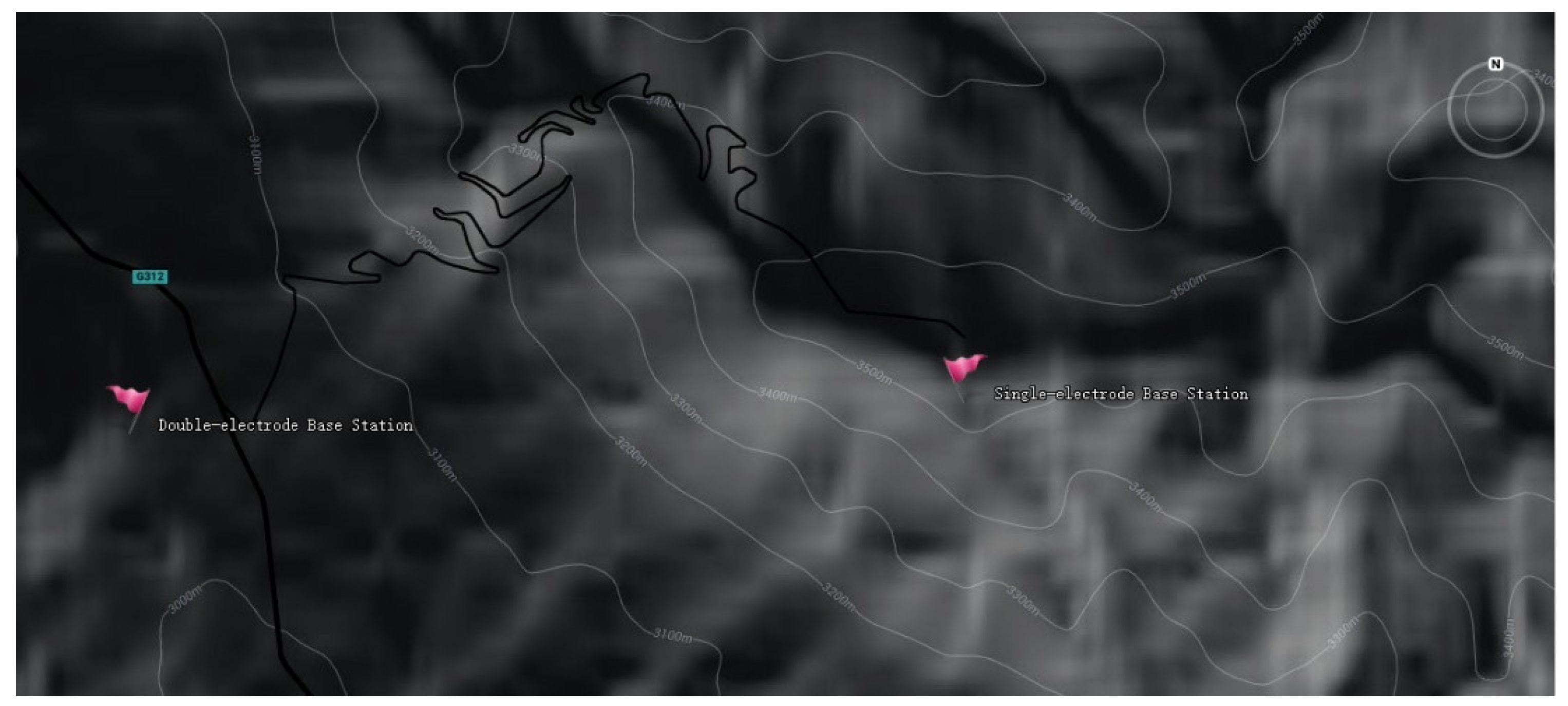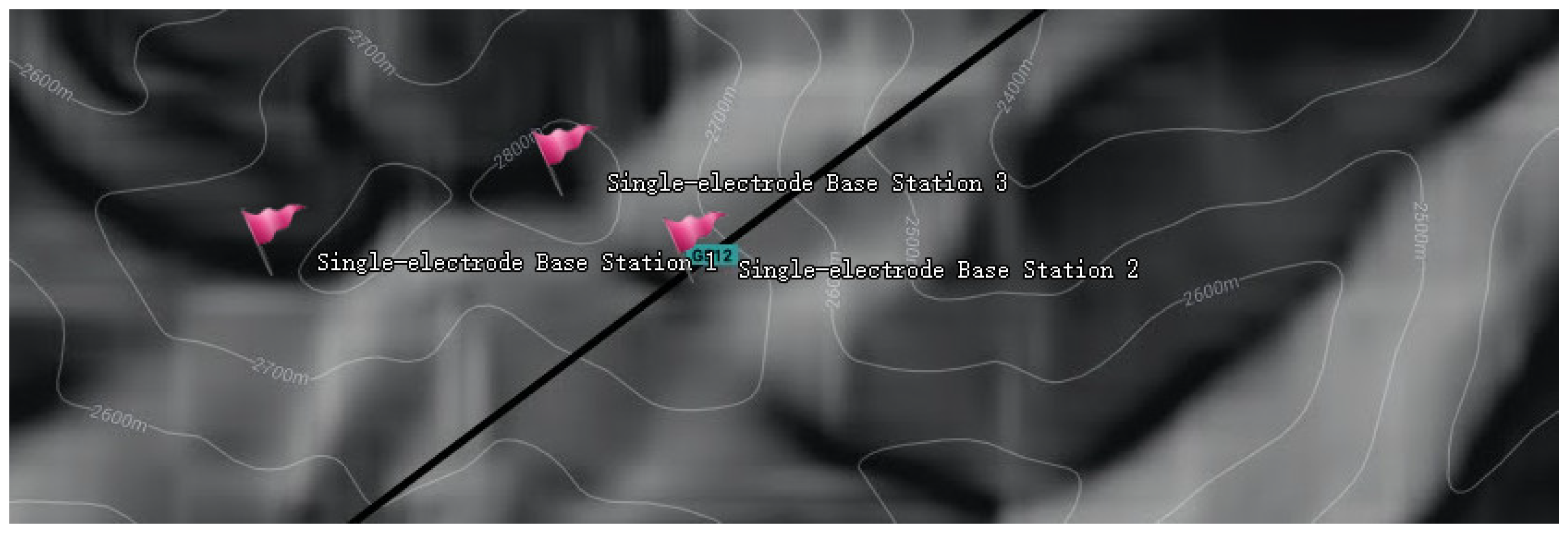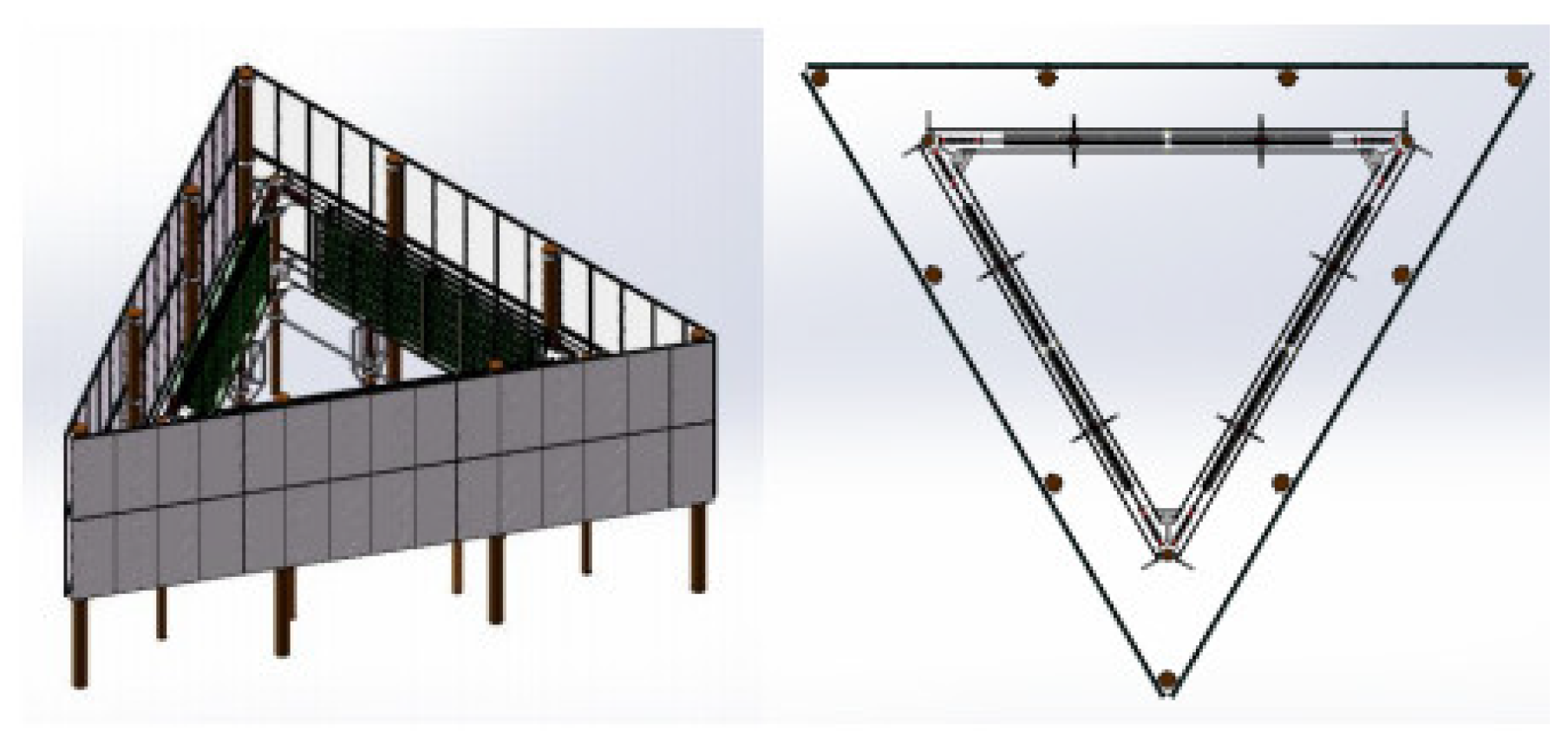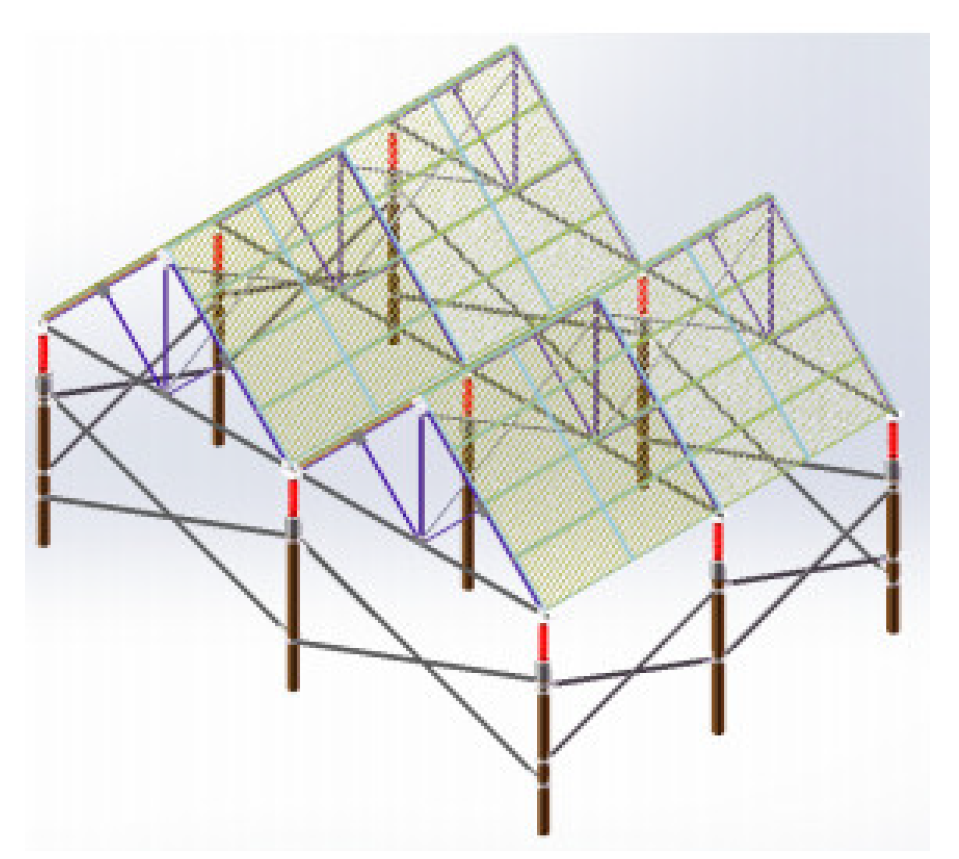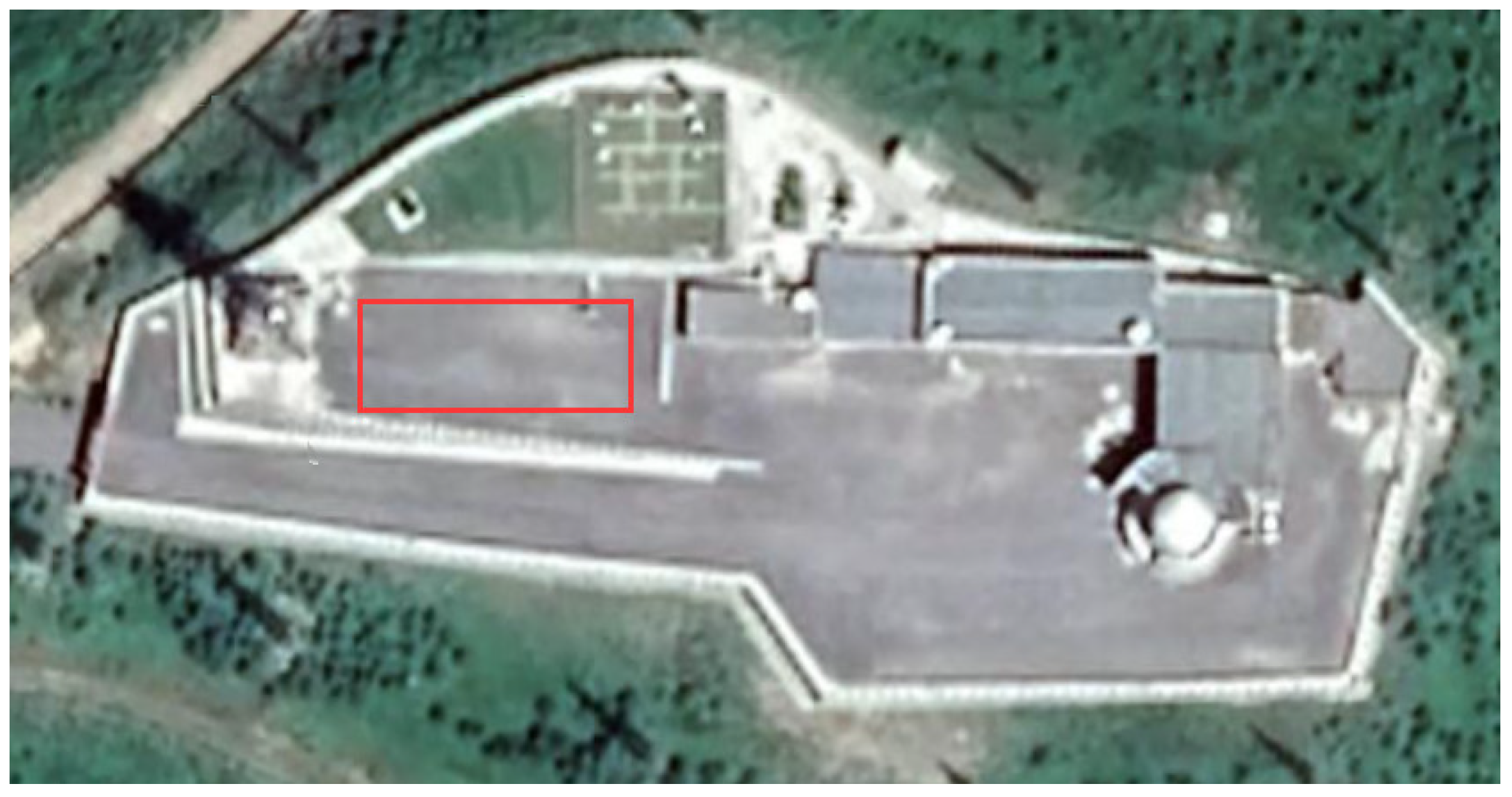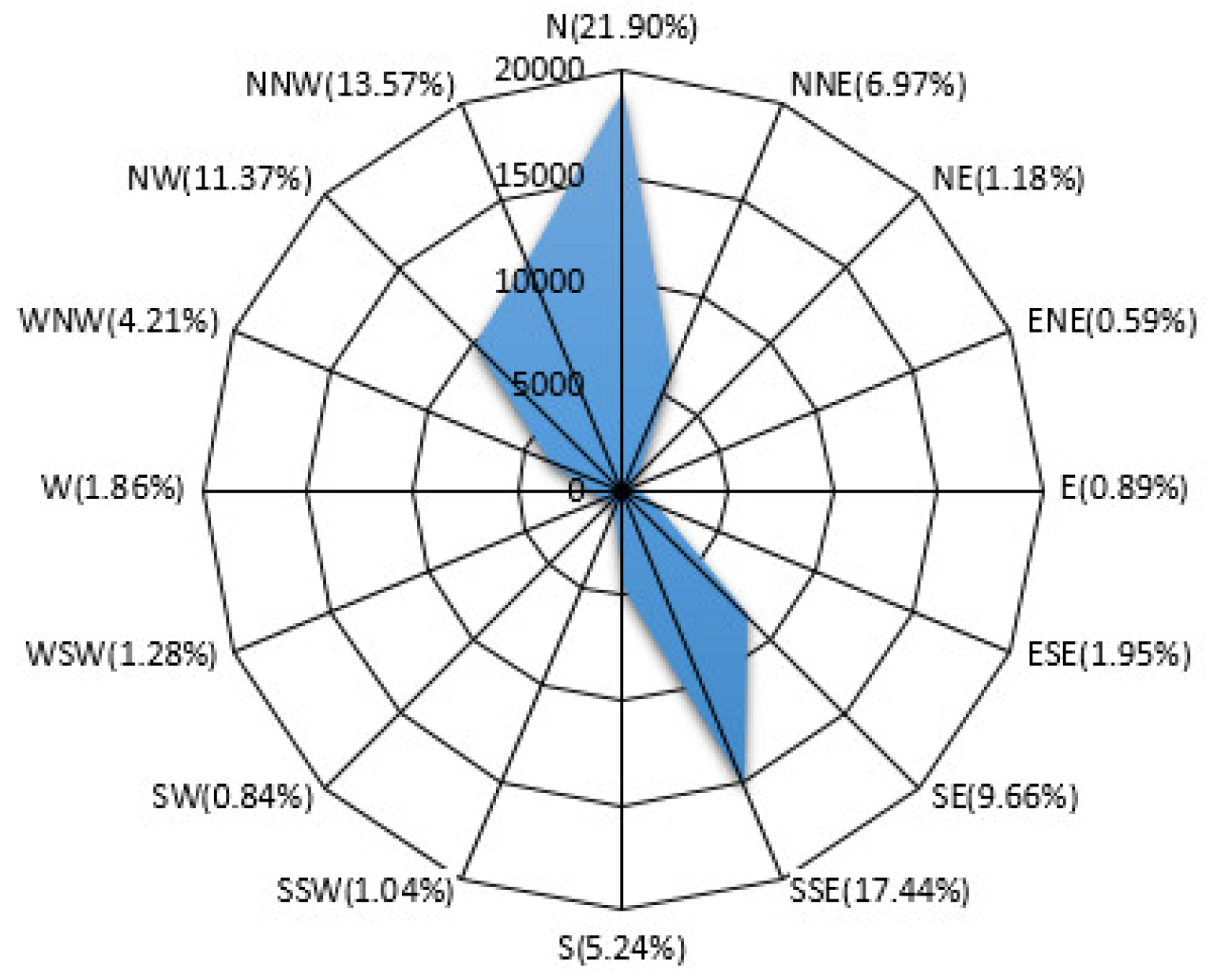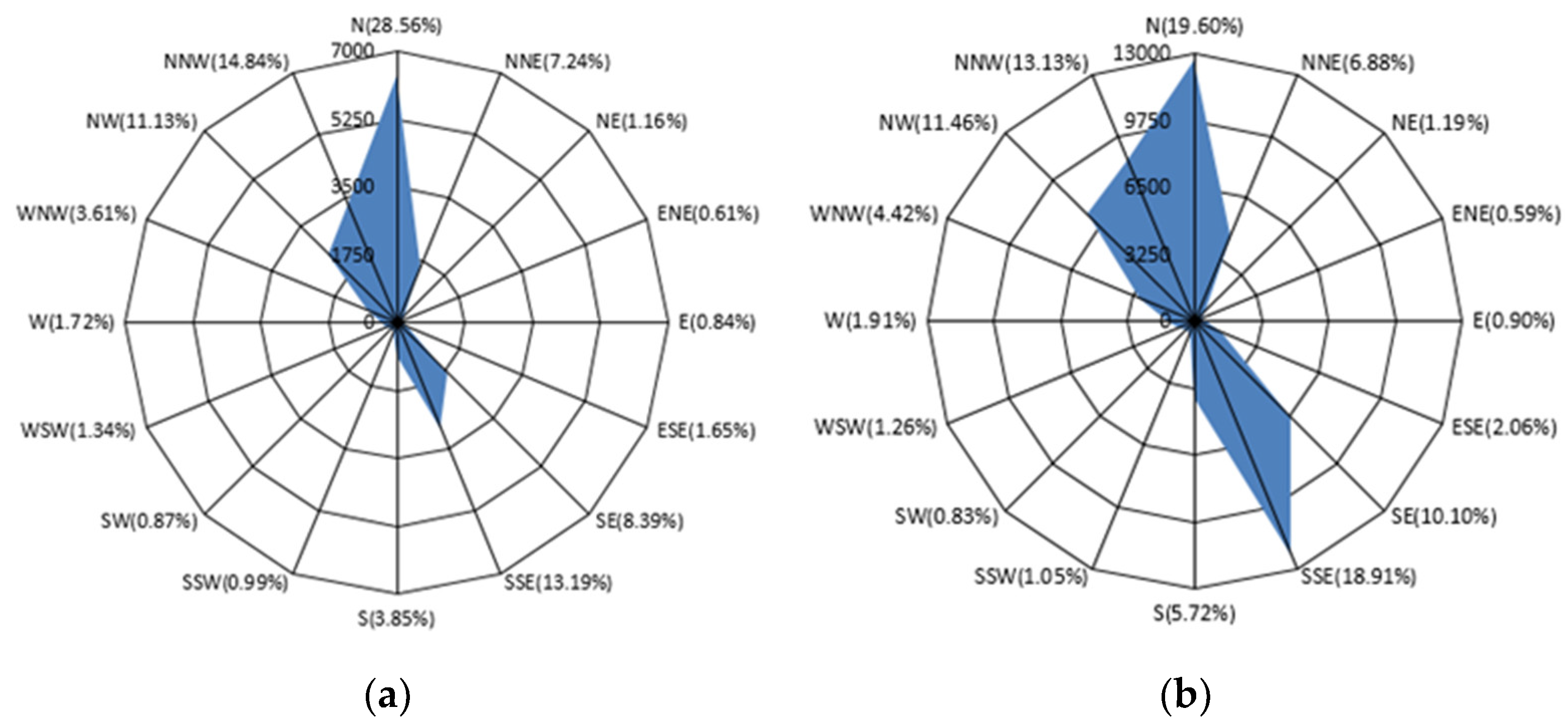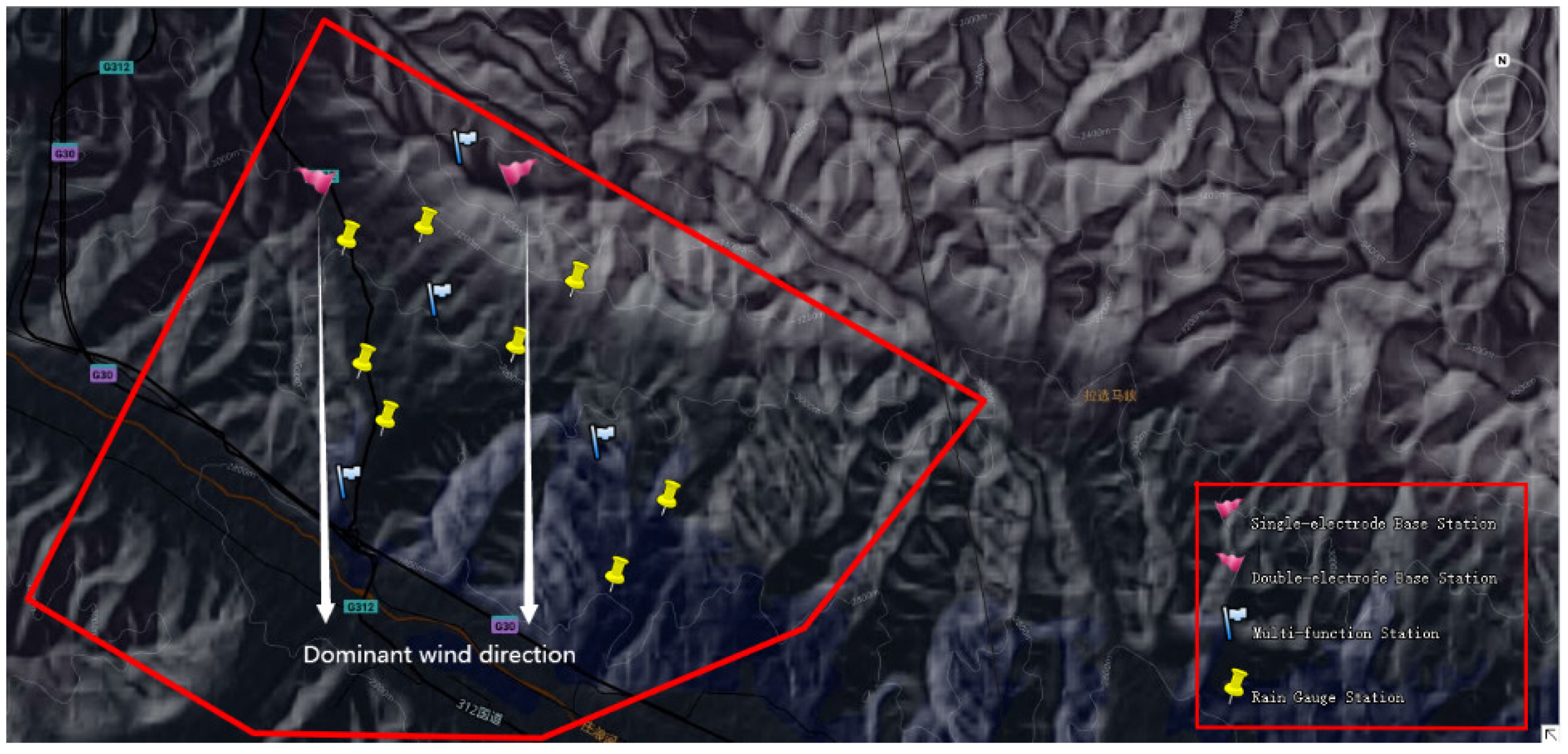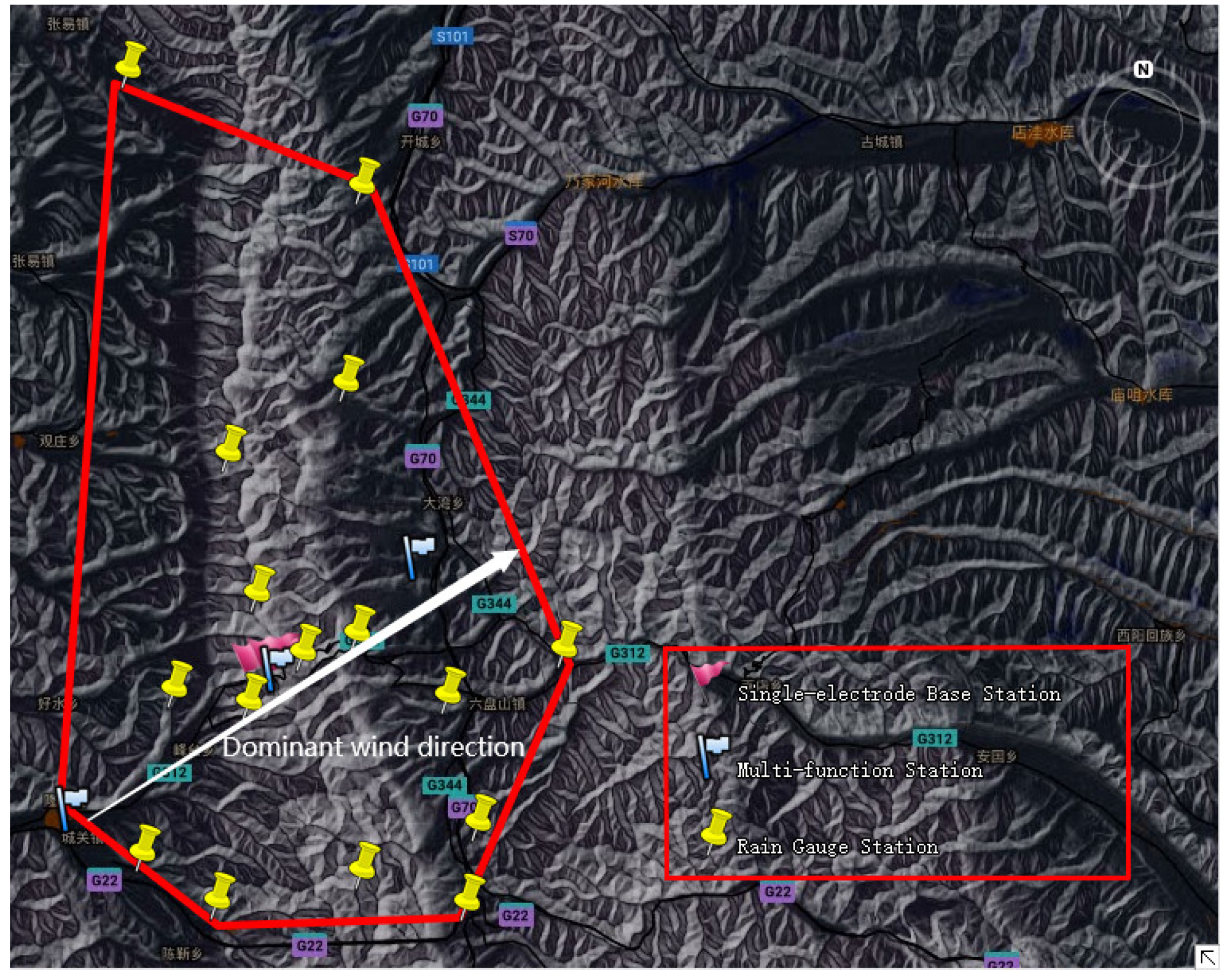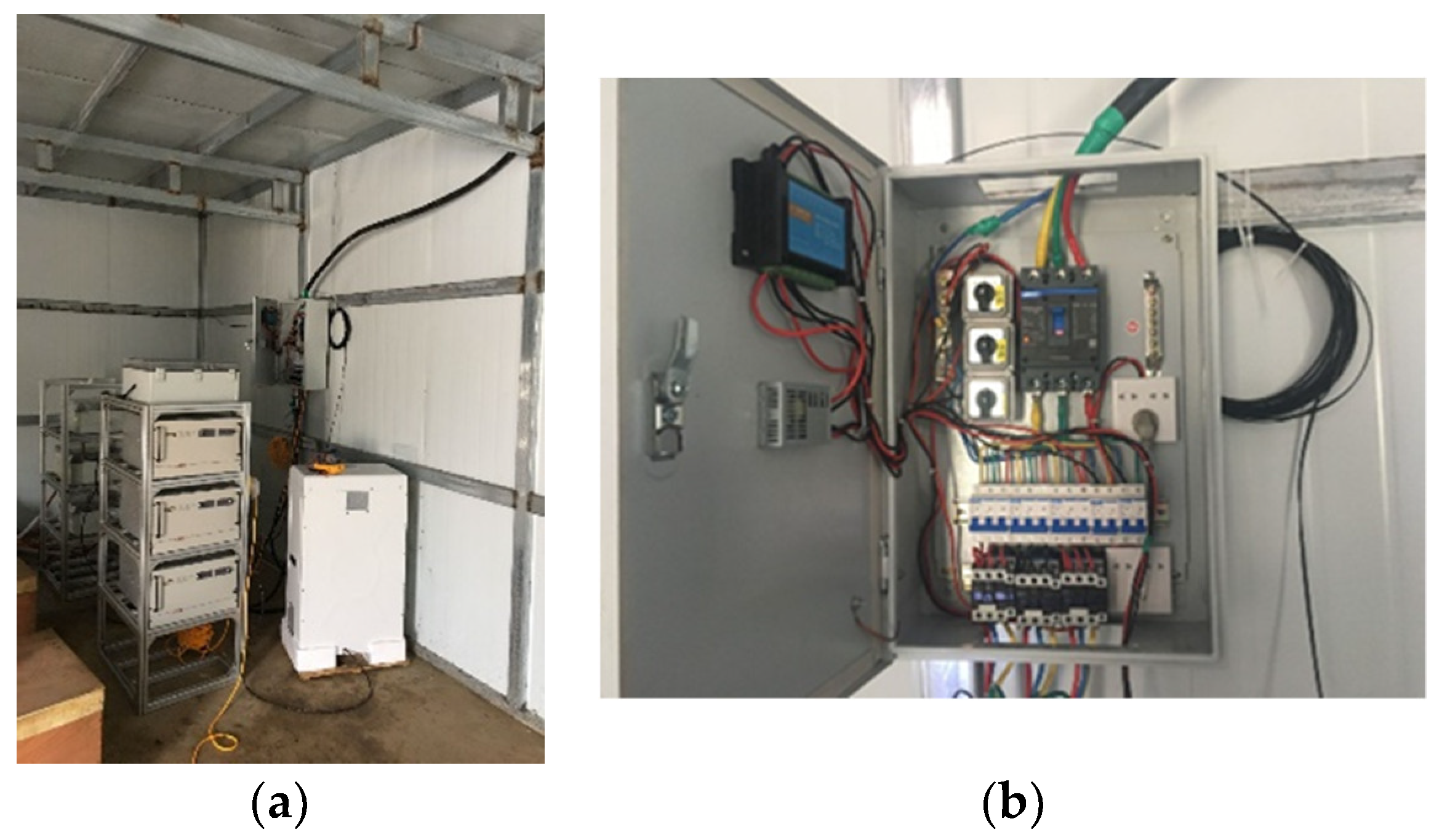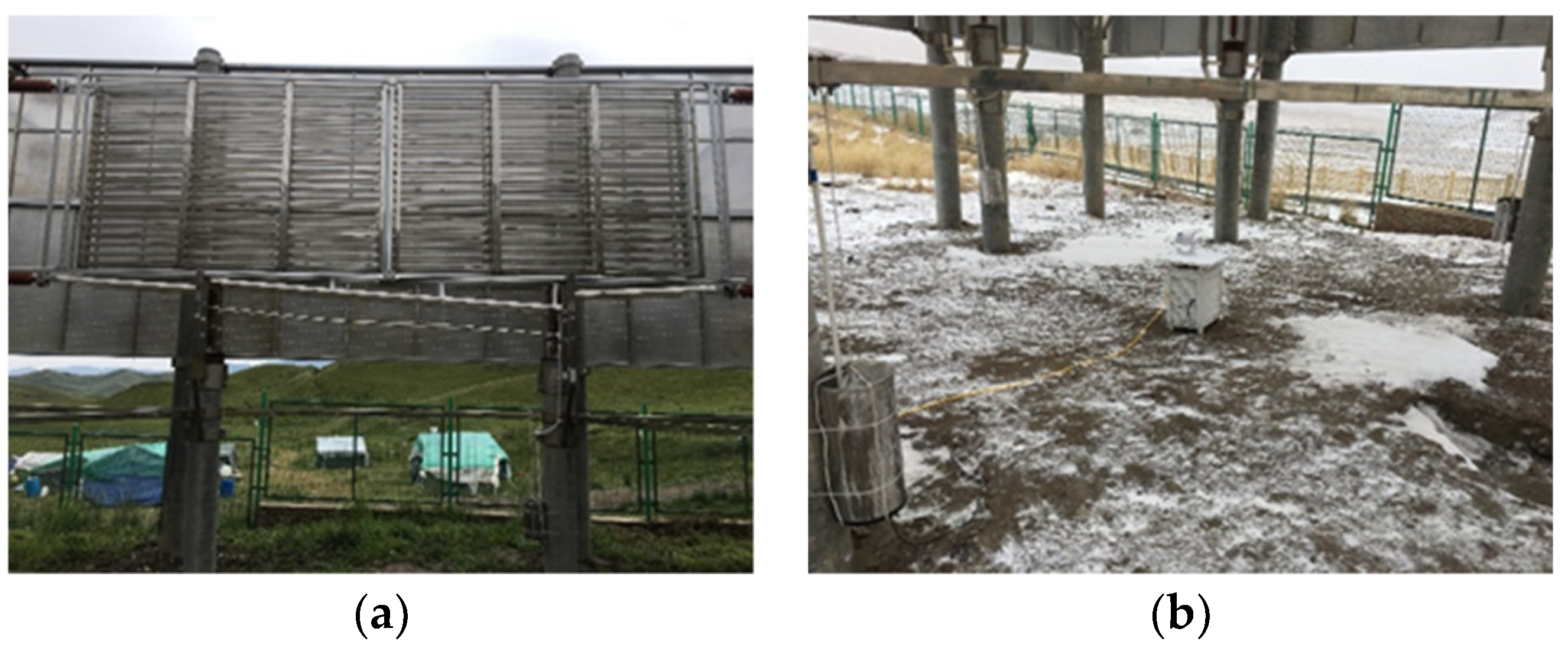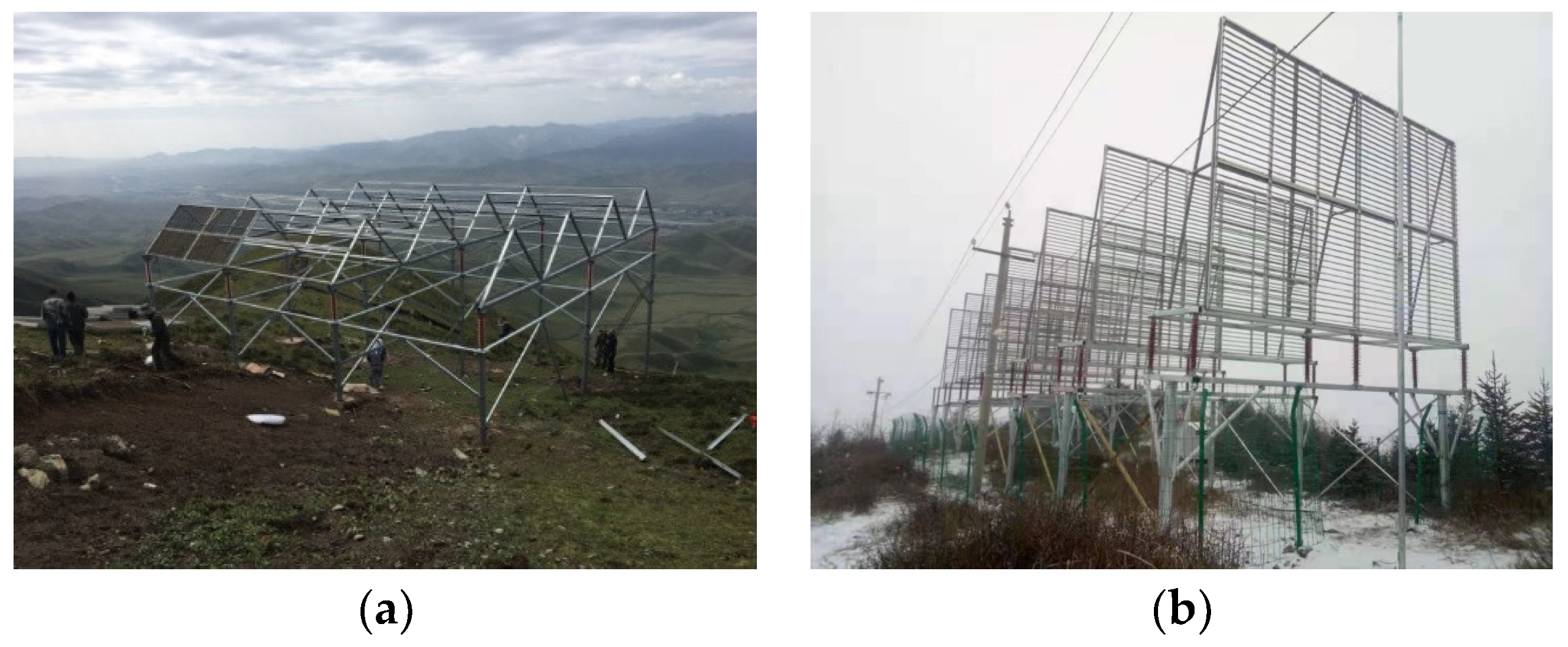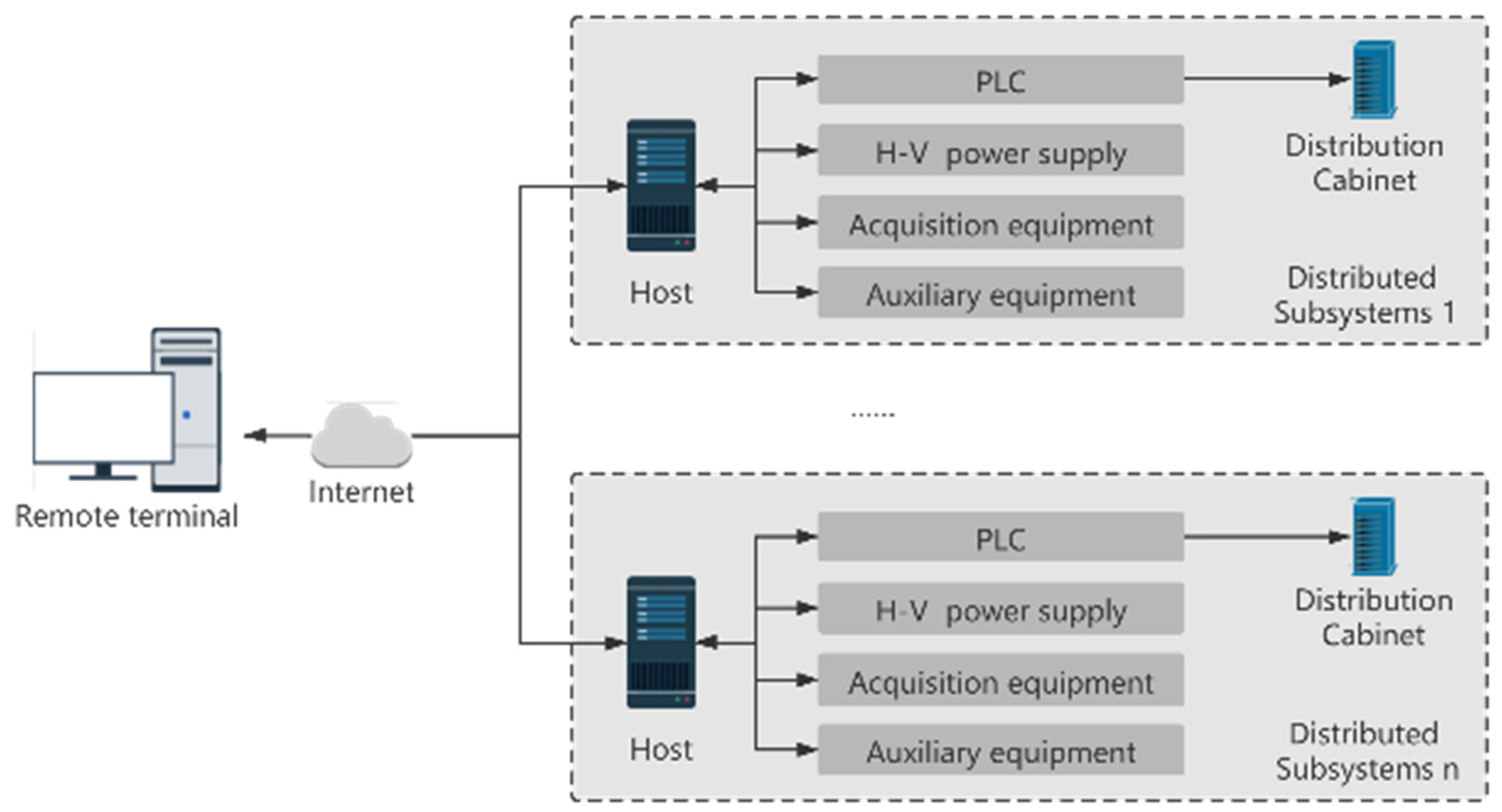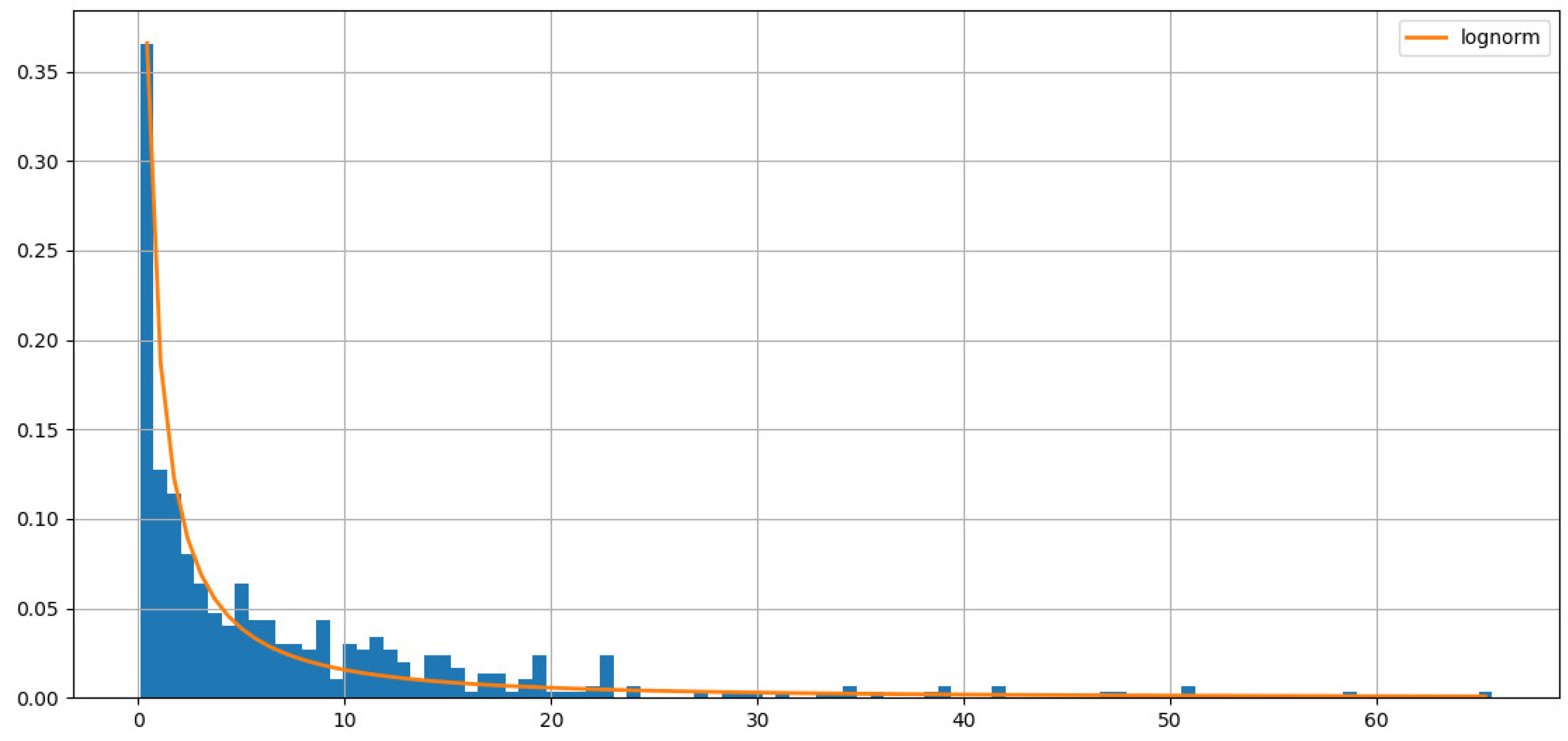7.1. Experiment design
In order to prove the effect of cloud-seeding operation, it is necessary to conduct a scientific and effective evaluation of the effect in addition to the research of necessary technology and the development of key equipment. Reasonable test design is the premise and key of evaluation. In general, there are several methods for cloud seeding, including regional regression experiment, randomized regional regression experiment, and randomized crossover experiment. Regional regression experiment is a common design scheme of artificial rainfall experiments around the world. However, this method has two flaws. The first is that there are random, unknown temporal and spatial covariates that may have influence the experiment and its results. The second one is that, though it is reasonable and scientific to perform experiments like this, the efficiency can be improved with two or more sets of devices. Thus, the randomized regional regression experiment and the randomized crossover experiment are also used to fix these two flaws. The randomized experiment design is able to minimize the effect caused by the unknown covariates while the crossover experiment design makes full use of each set of equipment and greatly improves the efficiency.
According to the climatic conditions of Wushaoling and Liupan Mountain, summer is the best time for the experiment. Since the double-electrode device has to operate in foggy weather, which is more stringent than the single-electrode device, weather conditions will be observed and tests will be conducted at the trial location from the middle of May. After achieving at least 10 runs of the double-electrode device, it is switched to remote operation. Considering that there is only one set of double-electrode devices, the randomized regional regression experiment is then employed.
The single-electrode device basically adopts remote operation mode. In order to ensure the availability of the device, the device is checked on the scene regularly so that failures and emergencies are dealt with as quickly as possible. For the single-electrode device in Wushaoling, considering there is only one set of devices in Wushaoling, a randomized regional regression method is used. Ninety days of the 180-day experiment period are randomly selected for the device to be turned on, while during the other 90 days the device is off. As for the three single-electrode devices in Liupan Mountain, a randomized crossover design is employed, in which the three devices are operated in a predetermined sequence at random, each acting as a target and a control to the other two. In the experiment with two or more devices, it is inevitable that some certain unknown confounding covariables unrelated to the experiment of time and space will appear. Even if randomization is performed, without the crossover experiment, these inconsistent confounded covariates in different experiments will still affect the observed results. Moreover, under the same circumstance, crossover design triples the efficiency of the non-crossover device. In the 180-day experiment period, it is ensured that the turn-on time of the three devices, respectively, is 60 days.
Rather than randomly generating the schedules of the three devices and combining them, the schedule is arranged containing 60 groups in terms of day with device 1 on and the other two off, device 2 on and the other two off, device 3 on and the other two off. Part of the schedule of operation in Wushaoling and Liupan Mountain is shown in
Table 5 and
Table 6.
7.2. Performance Evaluation Method Design
Although cloud chamber and artificial climate room tests have shown that charged particle catalytic precipitation is effective, we still need to confirm the effect in the real environment. However, rainfall fluctuates widely due to the complexity and variability of actual weather conditions. It is difficult to prove that the increase in rainfall is due to charged particles rather than natural processes. Three methods are carried out to evaluate the performance of the trial.
The first method is based on traditional statistical methods. The effect of the randomized crossover experiment is evaluated in this way. Every time a device is turned on, there would be two situations. The target area of the working device is regarded as the catalytic area, while target areas of the other two devices not turned on are regarded as the contrast areas. The three target areas of the three devices are defined as A, B, and C, respectively. Thus, a total of nine sets of rainfall data are obtained: when device 1 is switched on, the rainfall in its own target area A
A, and rainfall in the other two areas A
B and A
C. Similarly, when device 2 and 3 are turned on, B
B, B
A, and B
C, as well as C
C, C
A, and C
B can be obtained. Among them, A
A, B
B, and C
C are defined as the catalytic daily rainfall, while the rest are defined as the comparative daily rainfall. Based on these definitions, to obtain the effect of cloud seeding, every pair of devices are compared. Take device 1 and 2, for example, whose target areas are A and B, the effect of cloud seeding is:
(AA–BA) is the catalytic effect of device 1, while (BB–AB) is the catalytic effect of device 2. Therefore, the numerator is the sum of the catalytic effect of the two devices, while R is the percentage of the increase in rainfall, which is equivalent to the arithmetic average of the catalytic effect.
The natural daily rainfall in Liupan Mountain accords with lognormal distribution, as is shown in
Figure 19. Thus, it is possible to perform significance testing via t-test after taking the logarithm of the rainfall. Take (logA
A–logB
A) and (logA
B–logB
B) as the statistical variables with size n
1 and n
2, mean x
1 and x
2, and standard deviation S
1 and S
2. If the cloud seeding is invalid, the two samples should belong to the same normal distribution. While if not, due to the effect of the cloud seeding, (logA
A-logB
A) should be greater than (logA
B–logB
A), numerically. Therefore, a null hypothesis is made:
If H0 is correct, a t-distribution with (n
1+n
2−2) degrees of freedom should be satisfied:
Since (logA
A–logB
A) is assumed to be greater than (logA
B–logB
A) numerically, a one-sided test is considered. For the significance level of α:
If t ≥ t2α, the null hypothesis H0 is rejected. Otherwise, there is no evidence strong enough to reject the null hypothesis, which indicates that the cloud seeding is invalid.
The second method is based on statistical methods combined with artificial intelligence. In order to assess the result of the rain enhancement operation, a short term precipitation prediction model is developed. The model will give the expected precipitation without the cloud seeding in operation. By comparing this to the real precipitation with cloud seeding, it can be determined if the cloud seeding had a positive effect. Therefore, an anomaly detection technique or using statistical analysis can be used to get the result. In order to make short-term prediction of the precipitation, considering that the precipitation is absolutely non-linear, it is not wise to use the traditional linear regression to make the prediction. Thus, it is more convenient to use the neural network to train the regression model with the help of the meteorological and terrain features. Before the experiment is carried out, the model should be trained to obtain the relationship between the precipitation and the features. Additionally, after the experiment, it is easy to detect the effect and to realize the characteristics and affecting area of the device via the model established.
Table 7 gives an example for the results of the short-term prediction of the daily precipitation (mm) in one of the meteorological stations in Liupan Mountain experimental area in September 2016, based on historical data. The inputs of the model are the daily meteorological features of the target area and the daily precipitation data of the catalytic areas, while the output of the network is the daily precipitation of the target area. Considering that the evaluation is subsequent, both the inputs and the output are under the same time scale.
Considering the characteristics of the evaluation, we do not care much about zero-precipitation. Therefore, after clearing the zeros of the real precipitation, the means of real precipitation and prediction are 3.7 mm and 2.8 mm, while the standard deviations are 4.9 mm and 3.8 mm, respectively. To verify that the model is well-fitted, a chi-squared test is performed. The null hypothesis is:
H0: The distributions of the precipitation and the prediction are the same.
Then calculate the chi-squared as below:
The chi-squared calculated is 1 < 7.81 for α = 0.05 with 3 degrees of freedom classifying the data by every 2.5 mm into four groups (0, 2.5), (2.5, 5.0), (5.0, 7.5) and (7.5, ∞). Thus, the null hypothesis cannot be rejected and therefore the model is well-fitted at the significance level of 0.05. Thus, a methodology combining statistical methods and artificial intelligence is proposed. The effect of the randomized regional regression experiment is evaluated in this way. The mean precipitation in the target area with the device not on is defined as
, while that with the device on is defined as
. Thus, the effect of the cloud seeding is:
A neural network is used to establish two models with the same sorts of features to predict the precipitation of the target area with the device on or not, respectively. The feature samples, precipitation samples, size of the samples and the model established are defined as F1, P1, n1 and M1, respectively, with the device on, as well as F0, P0, n0 and M0 with the device not on. If the cloud seeding is effective, for the very same model, the distribution of the residual between the actual precipitation and the prediction under different inputs should be significantly different; the distributions of the prediction should be the same while those of the actual precipitation are significantly different. Similarly, for the very same inputs, the residual distribution using different models should be significantly different, as the models themselves should be significantly different if the cloud seeding is effective. Thus, an F-test can be employed to the residuals to evaluate whether there are significant differences between the two models as well as the distributions of the non-cloud seeding and cloud-seeding precipitation. Therefore, the null hypothesis is:
H0: The distributions of the residuals via the very same model under different inputs are the same. The distributions of the residuals via different models under the very same input are the same.
The trial is still running; therefore, no conclusive result has been obtained yet. Both non-cloud-seeding and cloud-seeding models will be established after the trial is finished and the data is obtained. Then, the proposed F-test method can be employed to determine whether the models and distributions of the non-cloud-seeding and cloud-seeding are significantly different from each other.
The last method is based on indirect observation. On one hand, the concentration of the negative ions will rise after the device is switched on, making it possible to find out the relationship between the density and the precipitation. On the other hand, by observing the echo intensity, echo top heights and echo area before, during and after the rainfall processes with the device on via Doppler radars, it is possible to infer the lasting time of the catalysis process and its affected area, which may be able to obtain the results missed by gauge observations only. The correlation between the density of the ions and the echo intensity may also be established. In addition, with the help of other devices, such as the ceilometer, it is also possible to detect the thickness and span time of the clouds with the device on or not. The ion could have positive effect on making more low clouds, indicating that the ion did push the clouds towards precipitation but natural conditions were not abundant enough to form precipitation. Finding out the micro-physics changes happening in the cloud after the device is switched on may also help us evaluate the effect of the precipitation.
